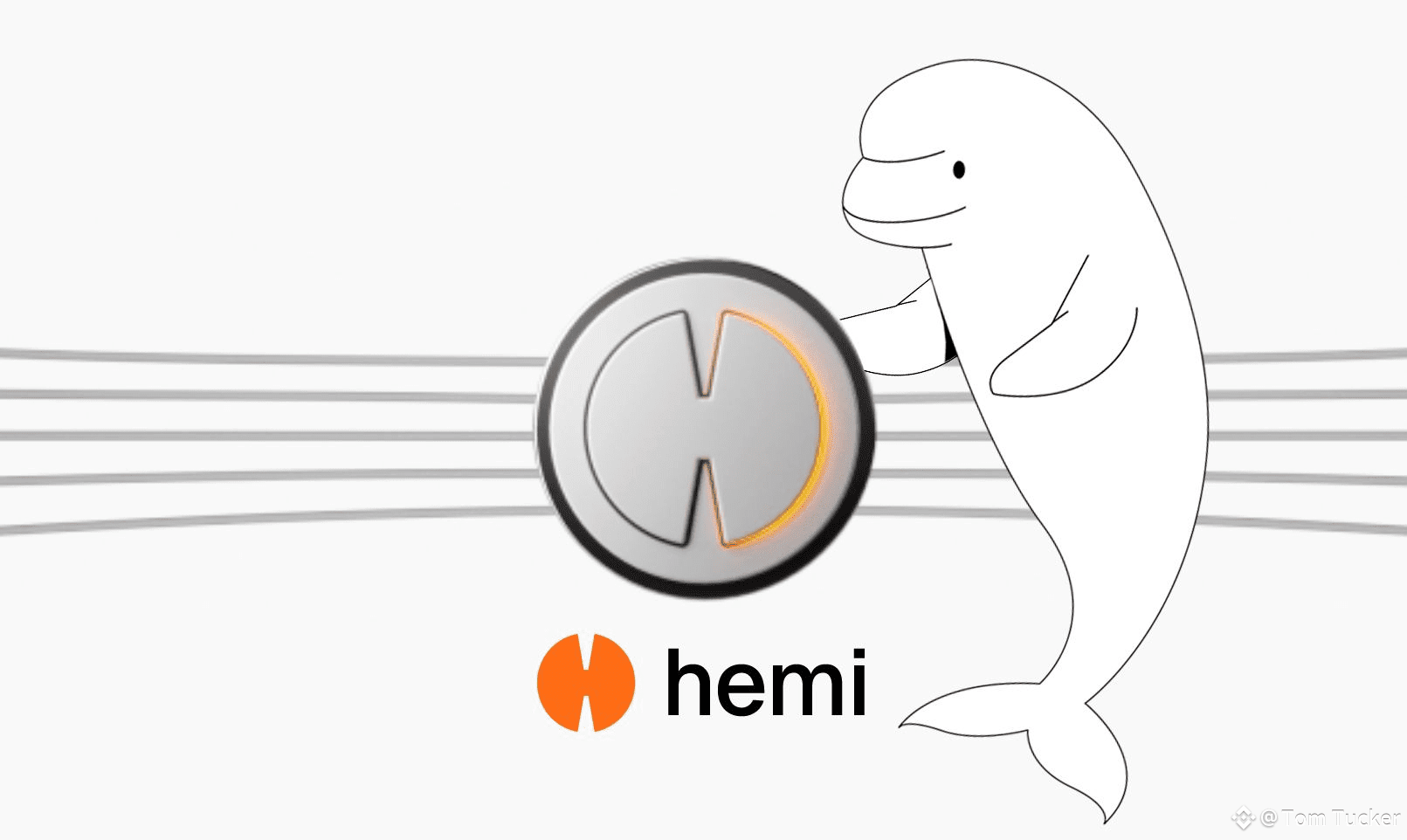The Hemi Network is shaping up to be a powerful tool that is revolutionizing blockchain beyond just technology - it’s changing how real-world applications are built and used. Exploring Hemi’s practical use cases shows why this project is gaining so much attention and why developers and users alike are excited about it.

One of the most promising areas where Hemi shines is Decentralized Finance (DeFi). With Hemi, #Bitcoin no longer remains a static store of value; it becomes an active asset in financial applications. Imagine lending platforms where users can put up Bitcoin as collateral but run loans via smart contracts native to Hemi. This unlocks opportunities for smoother, trustless borrowing and lending that take advantage of Bitcoin’s top-tier security combined with Ethereum-style programmability. I’ve seen protocols using Hemi to power seamless token swaps and liquidity transfers, enabling novel financial services that work across Bitcoin and Ethereum seamlessly.
The #nft space is another domain where Hemi’s technology has practical impact. NFTs, or unique digital art and collectibles, have traditionally been limited to specific blockchains, but Hemi enables smooth cross-chain transfer of NFTs. This means artists and collectors can move digital assets securely between Bitcoin, Ethereum, and other chains connected through Hemi’s “Tunnels” feature. This simplifies user experience and expands market access for creators. The ability to safely transfer NFTs without intermediaries addresses a big bottleneck in the wider adoption of digital collectibles.
Businesses are also finding value in Hemi by integrating blockchain into enterprise solutions such as supply chain management, digital identity, and asset tracking. The blockchain’s inherent transparency and immutability, combined with Hemi’s scalability, reduce costs and improve operational efficiency. For example, companies can use Hemi-based applications to track products across the supply chain while maintaining privacy and security, a challenge in traditional supply systems.
Global payments and remittances, long plagued by high fees and slow processing times, stand to benefit greatly from Hemi. Its underlying technology reduces delays and lowers costs, making international money transfers faster and more affordable. For people who send money across borders regularly, this could be life-changing.
From a developer’s perspective, Hemi is designed to be highly accessible. Setting up and building applications on the network is straightforward thanks to extensive developer tools and guides. You can connect your Ethereum and Bitcoin wallets, tunnel assets, and start deploying dApps that respond to real-time Bitcoin and Ethereum data. Developers I’ve spoken with appreciate the familiarity of the Ethereum Virtual Machine combined with the powerful Bitcoin data that Hemi exposes through its Bitcoin Kit. This lowers the barrier for creating innovative cross-chain applications.
Security remains a top priority with Hemi’s Proof-of-Proof consensus, which makes transactions more secure than on Bitcoin itself after just a few hours. This confidence in transaction finality encourages broader adoption in financial sectors where security is paramount.
In summary, Hemi is not just a technical marvel but a practical platform with wide-ranging use cases that extend from DeFi and NFTs to enterprise solutions and cross-border payments. Its combined Bitcoin-Ethereum architecture is enabling new types of applications that were previously impossible or too complicated. For users, this means better services and experiences; for builders, it opens a new horizon of possibilities.
Through these applications, Hemi is proving it’s much more than a Layer-2 protocol - it’s a catalyst for blockchain innovation that connects ecosystems, empowers users, and drives real-world impact in the emerging Web3 economy. Exploring Hemi’s use cases gives a clear picture of why it’s positioned as a foundational piece of the future blockchain landscape.
#HEMI @Hemi #defi $HEMI #Layer2